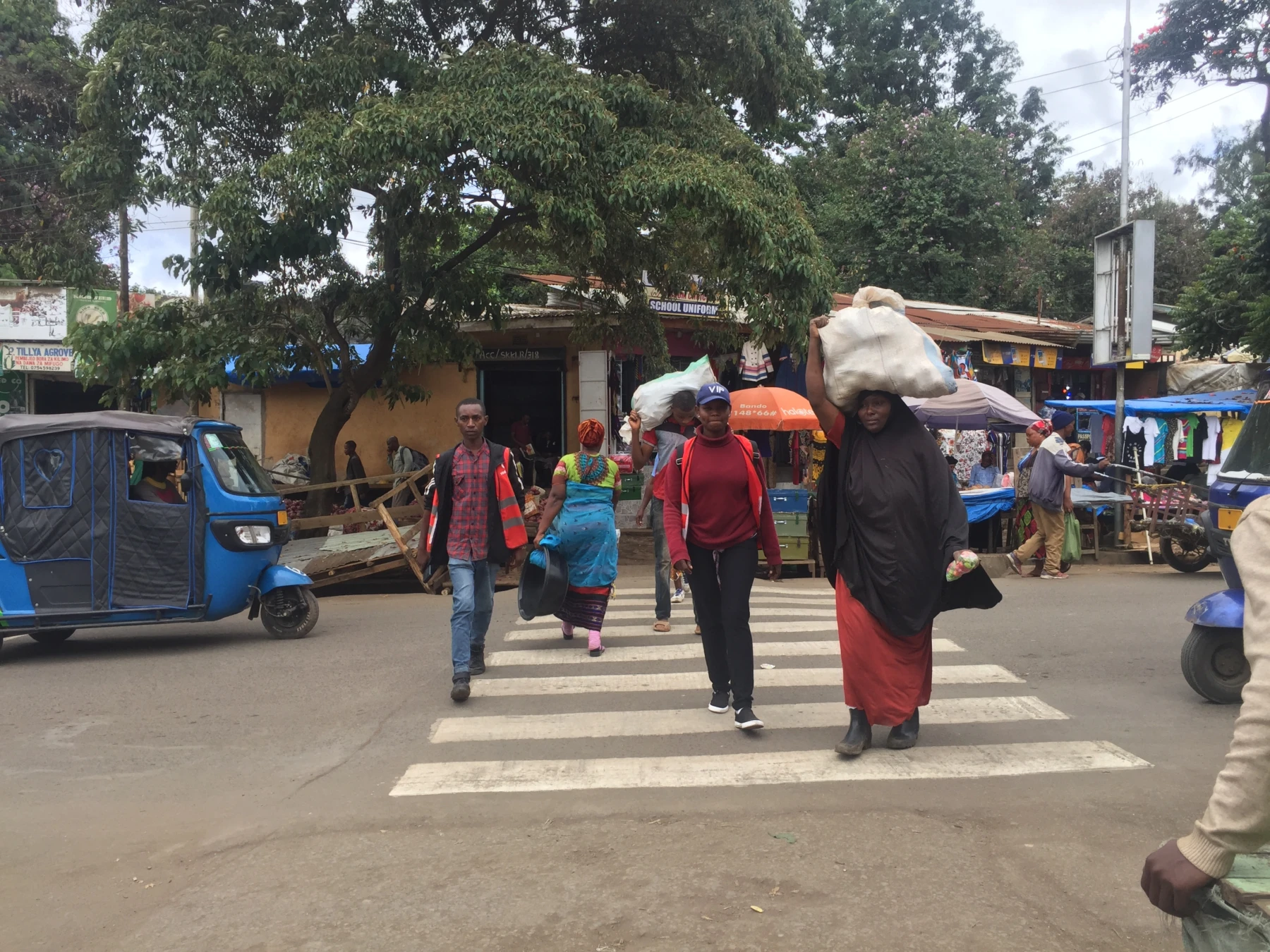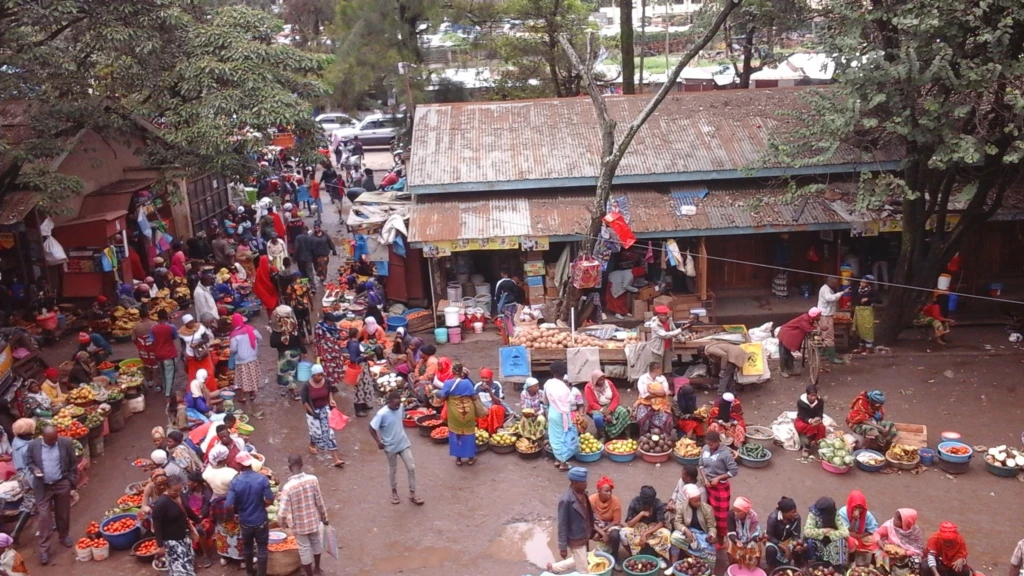Project
Description
As a small and secondary city, Arusha is already absorbing the lion’s share of urban population growth in Tanzania and is anticipated to face more urbanisation challenges, particularly related to urban infrastructure, services and amenities.
Our recent study that maps and assesses the quality of parks in Arusha found that most of the residents in informal settlements do not have access to well designed, maintained, and functioning open public spaces. In addition, the existing open public spaces lack the necessary ingredients that can attract citizens to visit, which would include seating facilities, soft and hard landscaping elements, water services, and toilets. Each space studied has poor pedestrian infrastructure. The few spaces that could be considered maintained have been privatized, and hence deny the majority of the citizens from poor neighbourhoods to access them freely and timely.

In addition, our study that maps and assesses the quality of markets in Arusha identified many challenges facing market vendors and visitors. Based on the findings of our recent study, there is a great need to reinforce the implementation of national urban policies and emphasize the importance of investing in, and strengthening, already existing local public market infrastructures in order for them to continue to serve local urban residents.
In order to address these challenges, HealthBridge's partner, Urban Planning for Community Change (UPC), is focused on improving the public spaces that are important in people's day-to-day lives including markets, open public spaces, and the streets that surround them in Arusha, Tanzania. The ultimate aim of this project is to help address spatial inequality in informal settlements by ensuring that typically disadvantaged people are given both access to, and a voice in, the process of preparing, re-designing, and building public spaces in their own local community.
Project
Expected Results
The Arusha project is working with the local community members through community engagement. The expected outcomes include:
- Increased number of local public markets
- Increased number of quality improvements to local public markets
- Increased number of people using their local public market
- Increased number of streets that support and encourage walking and cycling
- Increased number of streets that support street and informal vendors
- Increased number of open public spaces
- Increased number of quality improvements to open public spaces
- Increased number of people using open public spaces.
Project
Publications

Local Markets in Arusha, Tanzania: Summary Report

Local Public Markets: the empirical evidence on their quantity and quality in Arusha, Tanzania

Mapping and General Public Perception on the Use of Parks in Arusha City, Tanzania
Local public markets infrastructure and urban food systems in African small cities: insights from Arusha, Tanzania
Project
Reports

